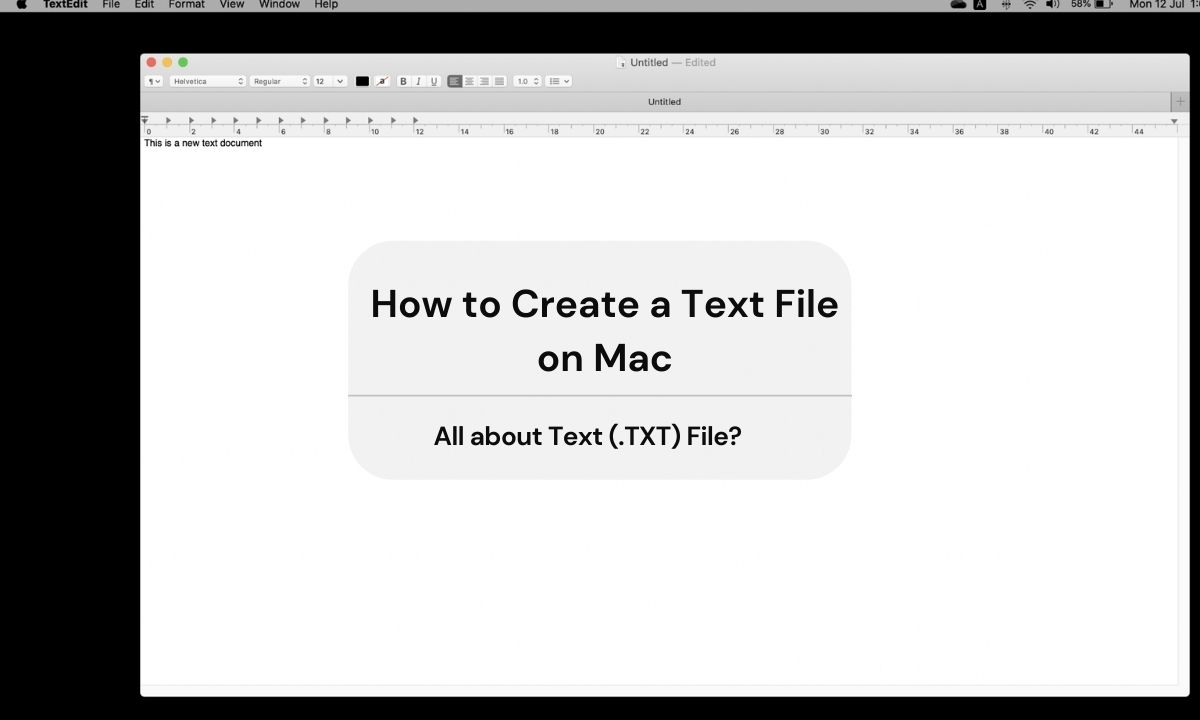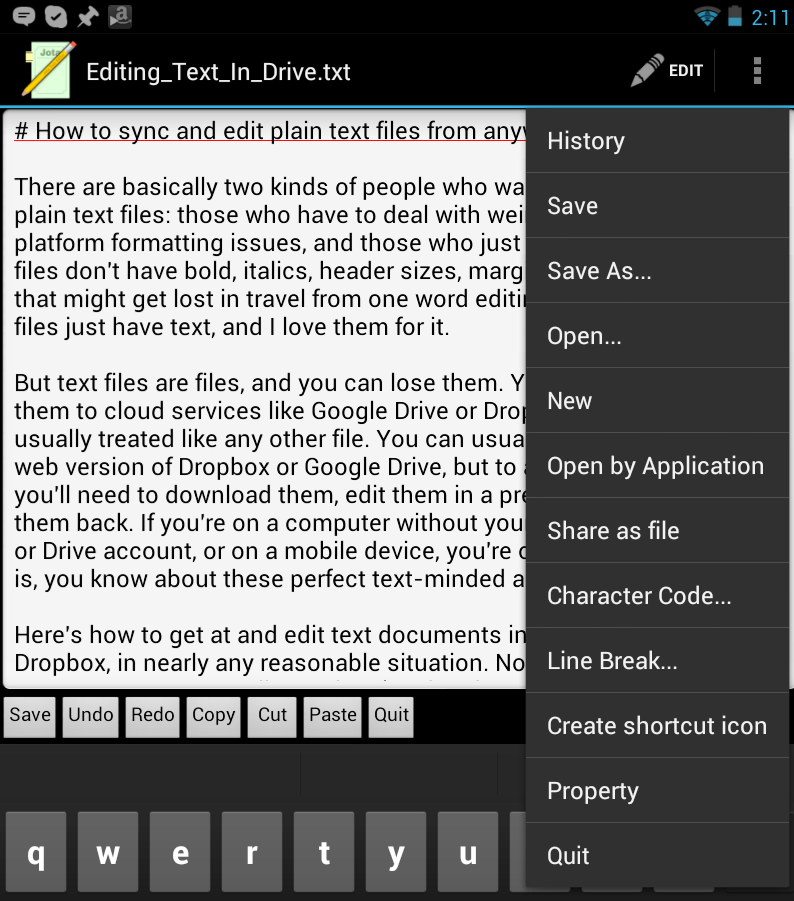
- #MAKE A .TXT FILE ON MAC FOR MAC OS X#
- #MAKE A .TXT FILE ON MAC ZIP FILE#
- #MAKE A .TXT FILE ON MAC UPDATE#
- #MAKE A .TXT FILE ON MAC FULL#
Almost any application that can handle text can open a. The file generally consists of plain text only and contains no formatting. txt file extension is one of the most ubiquitous file types.
#MAKE A .TXT FILE ON MAC ZIP FILE#
pages file is actually a compressed ZIP file comprised of a number of other different files combined that together make up a. Official file format specifications for iWork Pages files are not published by Apple but there have been attempts by some developers to reverse engineer them.Ī. Support for iCloud Drive, improved compatibility with Microsoft Word 2013 and faster performance. Improved language support for Arabic and Hebrew, and better AppleScript support.
#MAKE A .TXT FILE ON MAC FOR MAC OS X#
Support added for Mac OS X Mountain Lion, document syncing via iCloud, retina display support, voice supoprt via Dictation.Īllows online collaboration for both Macs and iOS devices, but removed a number of more advanced features.
#MAKE A .TXT FILE ON MAC FULL#
Support added for Mac OS X Lion, full screen document editing, auto saving, resume, document versioning, better compatibility with Microsoft Office. New features such as a running word count, full screen editing, equation support (via MathType), support for, outline mode, improved support for Microsoft Office documents. docx files (Office Open XML) and image masking features. Introduced a contextual format bar, change tracking, grammar checking (via "Proofreader"), support for Microsoft Office 2007. Includes 3-D graphing, inline searching, page management, comment support and new table tools. The key advances in Pages are summarised below:įirst version - basic features - tables, columns, headers & footers, and some formatting.

The most recent major version is 5.5 released in November 2014, which was part of Apple's iWork '14 release. The version 4.2 release of Pages (in July 2012), added support for the auto-syncing of documents through iCloud, whilst the version 5.0 release (in October 2013) added online collaboration across Macs and iOS devices.
#MAKE A .TXT FILE ON MAC UPDATE#
pages documents so that they update when that data is changed. Pages integrates well with other Apple applications - Since iWork '08 a media browser has been incorporated which allows users to drag and drop photos, movies and music from iTunes, iPhoto, Aperture and iMovie, and it is possible to link charts produced in Numbers to. Pages provides tools for collaboration through change-tracking and advanced commenting and feedback features. Pages also comes with the standard spelling and grammar checkers. It incoporates most of the key features found in modern word processors, including the selection of fonts based on WYSIWYG ("what you see is what you get"), the use of headers, footers, page-breaks, footnotes, bulleted lists and support for automatically generating a table of contents. Pages can used to create custom documents which include charts, tables, images, text boxes, shapes, equations and graphs. Pages includes over 140 Apple-supplied templates to allow users to create common documents such as posters, newsletters, certificates, reports, brochures and formal letters - iWork '09 added support for a further 40 new templates.

A direct competitor to Microsoft Word (part of Microsoft's "Office" suite) it originally aimed to take a more simplistic approach to document creation and editing than Word, stripping out many of Word's more complex features. Pages is a hybrid application, first released by Apple in February 2005, that allows users to perform both word processing and page layout tasks.

pages file extension are word processing documents created by Apple's "Pages" application which forms part of Apple's iWork office suite, a set of applications which run on the Max OS X and iOS operating systems, and also includes Numbers (for spreadsheets) and Keynote (for presentations).


 0 kommentar(er)
0 kommentar(er)
